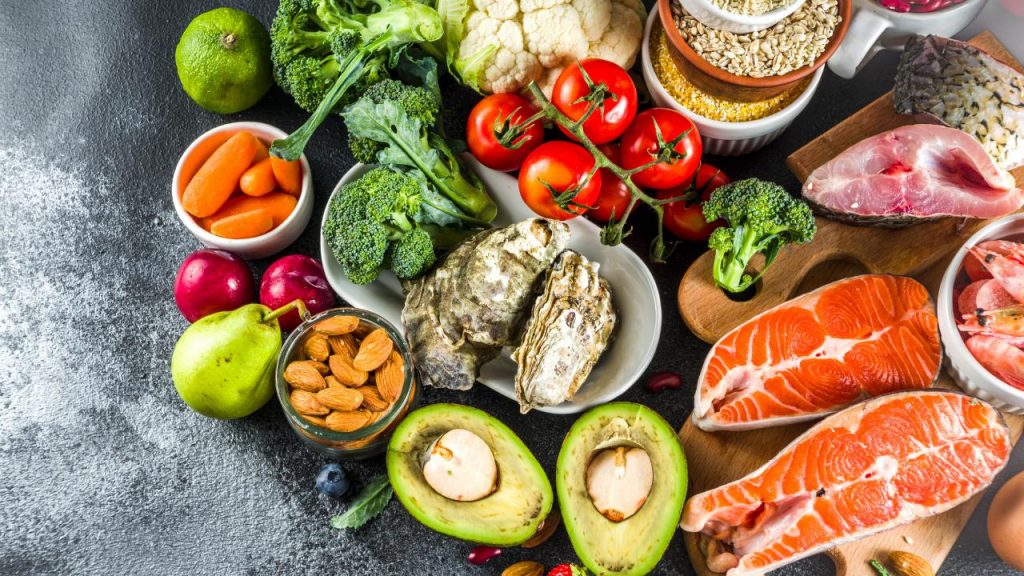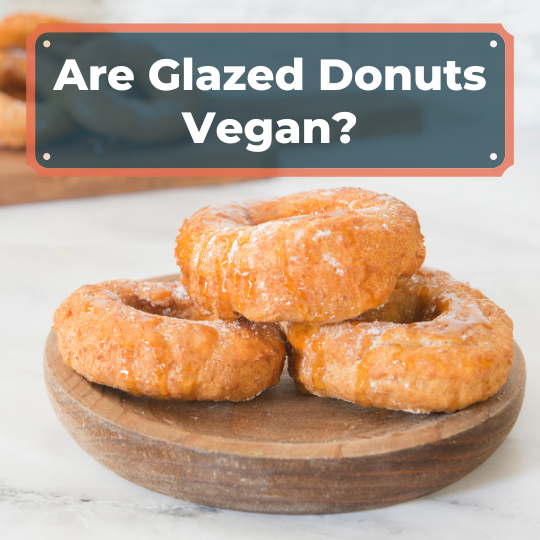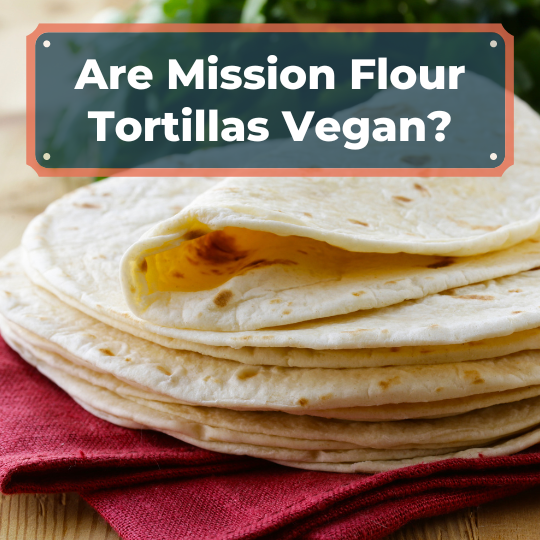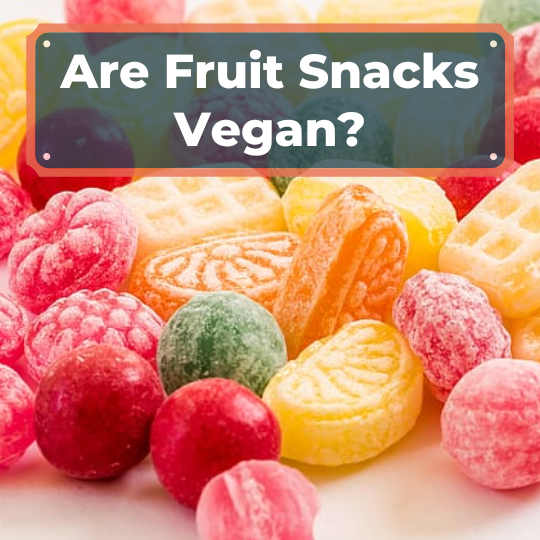It may not seem so, but a significant majority of people are obsessed with improving their health. The ever-buzzing health and wellness industry is a testimony to it. The countless workout plans, weird remedies to jumpstart weight loss, and a new food trend almost every year show that we all want better health.
Achieving your health goals, however, is often easier said than done. With a new ‘it’ diet now and then, it becomes challenging to choose which one is right for you. This is why I have started this series of articles to explain various versions of plant-based diets, the latest food trend.
While many people are still trying to get their heads around the pescetarian, pollotarian, and flexitarian diets, a new version of plant-based diets has emerged: the Seagan diet.
What is it? Is it just another fad diet, or does it really have something to offer in terms of health? Let’s discuss.
What Is the Seagan Diet?
Created in 2016 by Lisa McComsey and Amy Cramer, the authors of The Vegan Cheat Sheet, the Seagan diet allows the consumption of ‘sustainably sourced’ seafood two to three times during the week. For the remaining time, the Seagans follow a vegan diet.
Isn’t the Seagan Diet the Same as the Pescetarian Diet?
The Seagan diet may appear to be the same as the Pescetarian diet at first since both diets call for limiting the meat choices to seafood only. However, the two are different.
What’s the Difference? Seagan vs. Pescetarian
The key difference between pescetarians and seagans is that the former group eats dairy and eggs, but the latter does not.
In other words, except for seafood, pescetarians follow a vegetarian diet, whereas seagans stick to a vegan diet.

What Is the Logic Behind the Seagan Diet?
Knowing that meat consumption is a major vegan faux pas, many people criticize the Seagan diet and question its reasoning.
The logic behind seaganism is the same as that of pescetarianism: to make your plant-based diet less restrictive and more nutritious.
The creators of the seagan diet – Amy Cramer and Lisa McComsey – were previously vegans. However, after following veganism for quite some time, they figured that their diet wasn’t fulfilling their bodies’ nutrient needs. Their diet notably lacked in omega-3 fatty acids, which play a vital role in several body functions, including, but not limited to, immunity, cell growth, inflammation, and blood pressure regulation.
This deficiency is a common issue among vegans and prompted Amy and Lisa to add seafood to their otherwise vegan diet. However, they limited it to only two to three times a week to keep their seafood consumption within a healthy range and prevent the risk of mercury toxicity.
If you didn’t yet know, the American Heart Association also recommends consuming fish twice a week to improve your heart health.
According to the creators of the seagan diet, the decision to include seafood in their diet, after defending and promoting veganism for so long, wasn’t easy. However, they sincerely believe that seaganism is the ‘balanced’ approach to improving your health and wellbeing. Seaganism is also believed to be the next big thing in the health and food industry.

Are There Any Health Benefits of a Seagan Diet, or Is It Just a New Fad?
Proponents of the Seagan diet argue that it offers more nutritional benefits than a vegan diet. Since a vegan diet is highly restrictive, it needs to be well-planned to fulfill all your body’s nutritional requirements. But, it doesn’t always happen, which is why many vegans struggle with nutrient deficiencies.
It’s particularly hard to maintain a good supply of omega-3 fatty acids and vitamins B12 and D on a vegan diet. As we all know, seafood is packed with omega-3 and B vitamins, along with many other vital nutrients. Fatty fish, such as tuna, salmon, and mackerel, also provide vitamin D, essential for bone strength and the immune system.
As the powerhouse of nutrients, seafood can help improve your health in the following ways:
- It’s good for your heart.
- It helps boost cognitive function and plays a vital part in lowering the risk of developing neurodegenerative diseases.
- It helps reduce joint pain and stiffness and strengthens bones.
- Regular consumption of omega-3 fatty acids can help protect your eyesight (protect your 6×6 vision, people!). Fish can also help improve night vision.
- The wonderful nutrients found in seafood are also great for skin and hair.
- Research has also shown that regular consumption of fish also reduces your chances of getting depressed. Furthermore, omega-3 fatty acids may also help fight depression. They have also been found to increase the effectiveness of antidepressants.
- A small research study also found that consuming fatty fish three times a week positively impacts sleep and daily functioning.
Since the seagan diet calls for consuming seafood two to three times a week, it provides all the benefits of seafood and plant foods.
All in all, the seagan diet is a lot healthier than a vegan or omnivorous diet, as it helps balance your dietary choices, avoid overconsumption of any food group, and maintain a consistent supply of all vital nutrients.
Here are some of the reasons people shared on a Reddit post for following a seagan diet:



Who Should Consume a Seagan Diet?
While anyone can follow the seagan diet, it’s particularly ideal for those who want to eliminate meat from their diet for any reason but are hesitant to go the whole hog in one fell swoop.
The seagan diet serves as a bridge to help people transition to a completely vegan diet. On the flip side, it also provides a better alternative to a full-fledged omnivorous diet for those struggling to maintain a vegan diet or who have developed nutrient deficiencies due to a restrictive plant-based diet.
Are There Any Downsides to the Seagan Diet?
The only potential drawback of eating seafood is that it can have high mercury levels. In the long run, it can put you at risk of developing mercury toxicity. However, one thing that people often overlook here is that only the people who eat seafood excessively are at risk. Moderate consumption of seafood does not make you susceptible to developing mercury toxicity.
While the seagan diet emphasizes eating seafood, it also stresses limiting its consumption to two to three times a week. So, if you wish to be more careful, choose white fish; they have low mercury levels.
Another drawback of the seagan diet, which it shares with the vegan diet, is that it requires removing dairy from your diet completely, putting you at risk of calcium deficiency. Therefore, if you’re following the seagan diet, make sure you’re taking enough calcium. Tofu and fortified plant-based milk are excellent food choices for meeting your body’s calcium requirements on a restrictive diet.
Want to learn more about the seagan diet? Check out the following video:
To Sum Up – Is the Seagan Diet Worth Trying?
There are no two views about the fact that the seagan diet is restrictive. However, it’s certainly less restrictive than a vegan diet and so, is comparatively more sustainable.
While many people have committed to veganism for life and are successfully following their new diet, many people struggle to do so. They either hesitate to take the plunge or revert to their omnivorous eating patterns after some time due to the restrictive nature of the vegan diet. For all such people, the seagan diet offers a viable alternative.
If you want to limit your meat consumption and incorporate more plant-based foods in your diet for any reason, the seagan diet is worth giving a try.
If you’re a vegan and hesitant to become a seagan because you dread increasing your environmental impact, Reddit users seem to have a solution for you:


Did you find this article helpful? Are you interested in learning about other popular food trends? Then check out my article – What is a Pescetarian Paleo Diet? – to learn about another flexitarian diet!




